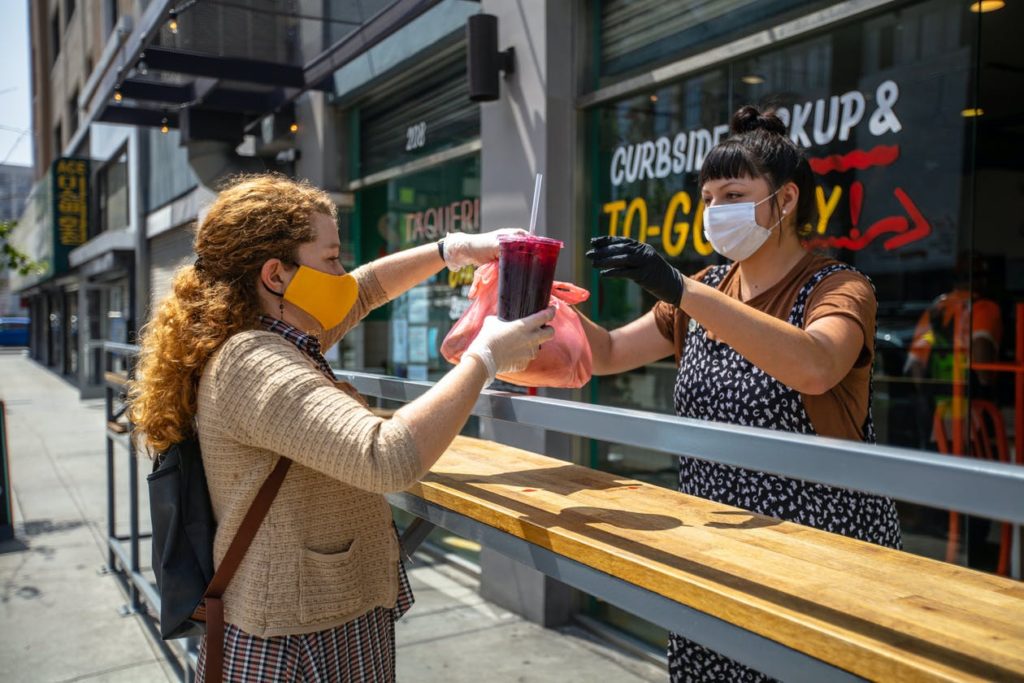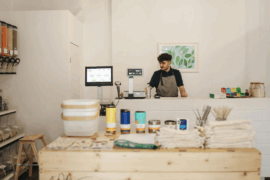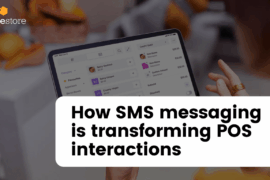Changes, adaptability, customer behaviors appear a lot in our daily conversations these days. Customers change so do we – as retailers. For those who work in service sector like F&B especially in restaurants may understand profoundly the way changes in customer behaviors affect the business operation. A question might arise, how should we continue delivering a good customer service? Let’s discuss in the following.
Typical and current situation of restaurants
In the morning, a customer walked in to the frequent restaurant to take away their breakfast due to the social distancing that did not allow them to stay in. Normally, it takes him around 5-7 minutes in total to get his food ready. However, that day it took him 10 minutes to be able to order and then 20 minutes to get his food due to the long queue. As a result, he was late for work and he decided not to go back to this restaurant anymore because he believed that this situation would continue for a while during the pandemic.
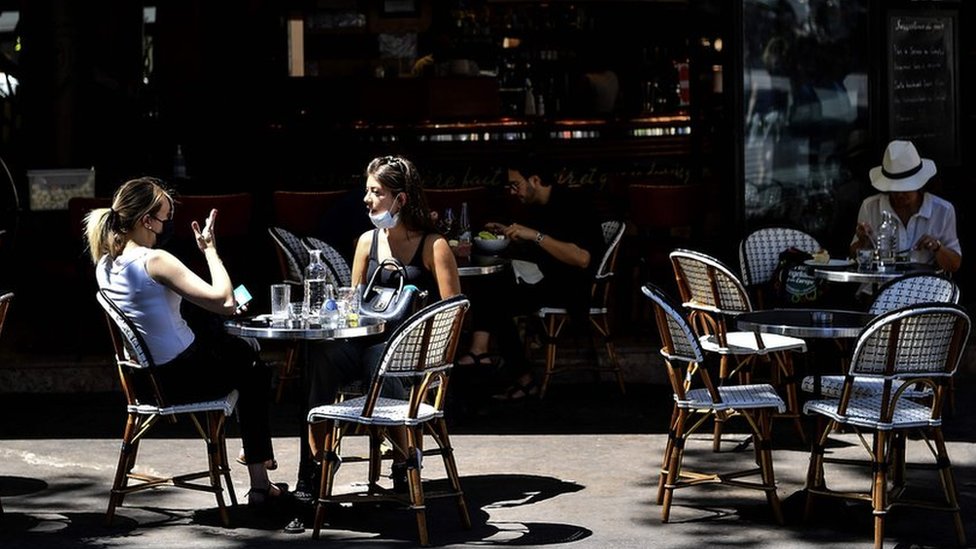
In fact, the pandemic has brought certainly challenging times for restaurants. In general, sales in restaurants are down 40 to 60 percent as it has significantly reduced seating capacity to keep customers safe. New sanitation requirements such as disposable gloves have added expenses as well.
In order to survive through the hard times, they’re urged to innovate the new normal which offers the customer both safe and flexibility to get their foods in the way works best for them.
Some best practices to do about customer service in restaurants
- Minimization: the concept is to cut down the square foot for restaurants, with an emphasis on the drive-thru
- Dual drive-thru: In addition to the traditional pick-up lane for on-premise orders, a second lane handles customers who order ahead through the app or marketplace. The priority lane is created for the emergence of digital demands — the ability to put the customer experience in their hands where they can order before they get to the parking lot.
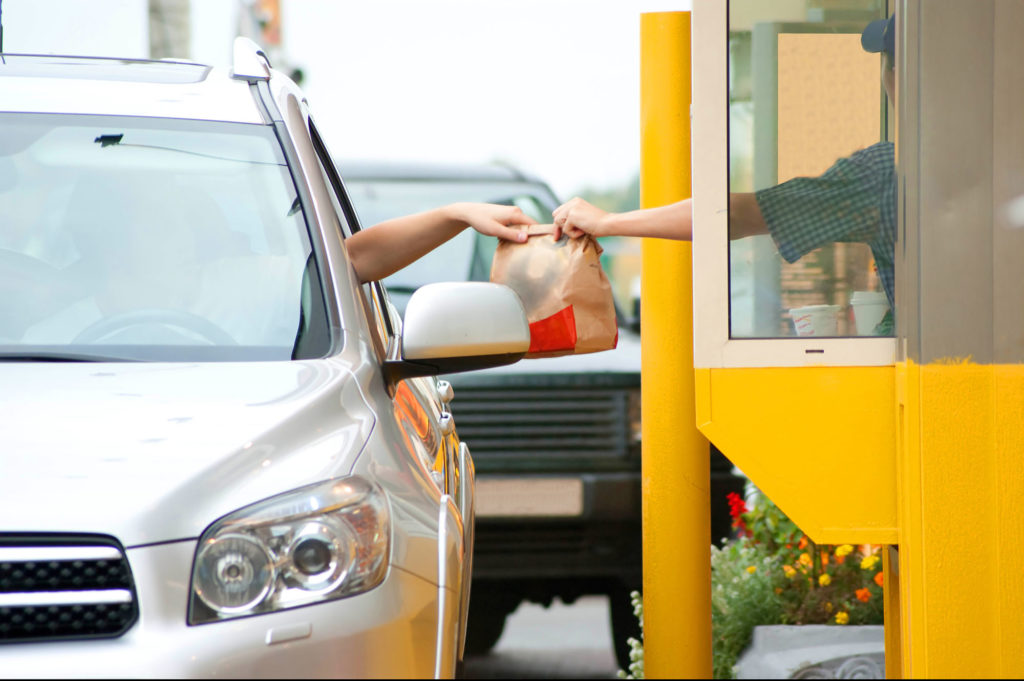
- Curbside pick-up: Orders can be received via designated parking spots and indoor shelves. This method can be encouraged by some promotion activities like loyalty points or coupon code for very first orders.

- Bellhops: Concierge staff, known as “bellhops”, will be available to take orders with tablets for drive-thru and curbside pick-up orders.
- Smart-tech kitchen: Taking advantage of the advanced technology to suggest the cooks the fastest ways to complete orders or the most effective approach to serve the customers, for example, prioritize orders based on the pickup time rather than the ordered time.
- Synchronized digital experience: Technology integrated to offer seamless customer experience across online to offline touchpoints. The app can detect when customers arrive and suggest the quickest route for pick-up. Customers choosing the suggested pick-up method will earn their rewards with additional loyalty points. This will also improve the speed between order and collection which is one of the main pain points of the customers.
With the strategy that speeds up the process but still guarantees the accuracy, the restaurant should be able to survive and thrive during the pandemic.

